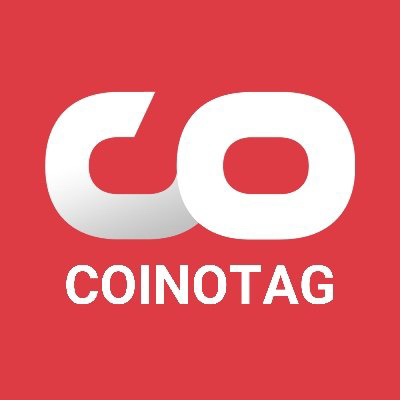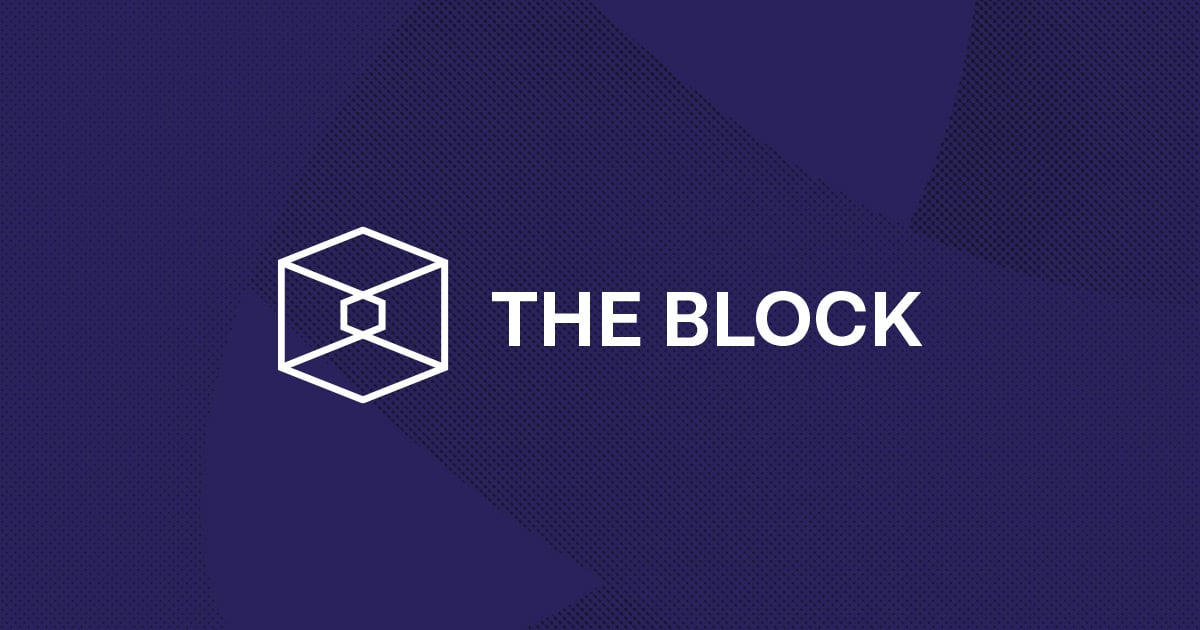
Dai priceDAI
DAI/USD price calculator
Dai market Info
Live Dai price today in USD
Do you think the price of Dai will rise or fall today?
Now that you know the price of Dai today, here's what else you can explore:
How to buy Dai (DAI)?How to sell Dai (DAI)?What is Dai (DAI)What would have happened if you had bought Dai (DAI)?What is the Dai (DAI) price prediction for this year, 2030, and 2050?Where can I download Dai (DAI) historical price data?What are the prices of similar cryptocurrencies today?Want to get cryptocurrencies instantly?
Buy cryptocurrencies directly with a credit card.Trade various cryptocurrencies on the spot platform for arbitrage.Dai price prediction
When is a good time to buy DAI? Should I buy or sell DAI now?
What will the price of DAI be in 2026?
In 2026, based on a +5% annual growth rate forecast, the price of Dai(DAI) is expected to reach $1.05; based on the predicted price for this year, the cumulative return on investment of investing and holding Dai until the end of 2026 will reach +5%. For more details, check out the Dai price predictions for 2025, 2026, 2030-2050.What will the price of DAI be in 2030?
About Dai (DAI)
What Is MakerDAO Stablecoin?
MakerDAO Stablecoin (DAI) is a pivotal project within the world of Decentralized Finance (DeFi), having emerged in 2015 following the launch of Ethereum's first mainnet. The dedicated team of developers spent two years crafting the framework that allows for the creation of DAI Stablecoin. MakerDAO, the decentralized autonomous organization behind DAI, ensures its decentralized nature and impartiality.
Additionally, MakerDAO laid the groundwork for lending and borrowing activities on the Ethereum blockchain, with the primary goal of reducing reliance on financial intermediaries and facilitating access to loans.
Unlike USDT or USDC, DAI Stablecoin's value is pegged to the US Dollar at a 1:1 ratio without the need for physical reserves. MakerDAO enables borrowers to generate DAI by depositing collateral. The supported collaterals include Ethereum (ETH), Wrapped Bitcoin (WBTC), ETH-Staked ETH Liquidity Pair on Curve v1 (CRVV1ETHSTETH), Wrapped stETH (WSTETH), and over 10 other cryptocurrencies.
One remarkable aspect of DAI is its status as an algorithmic stablecoin. Its value remains consistently pegged to US$1.00 throughout its existence due to the clever smart contract design of MakerDAO. This design governs which collaterals are accepted, the corresponding collateral ratio, and the destruction of DAI when loans are repaid. As a result, MakerDAO retains control over the circulating supply of DAI and, consequently, its value.
A crucial aspect of DAI Stablecoin's design is overcollateralization. The requirement for collaterals to exceed the amount of DAI issued by more than 100% is essential to mitigate default risk for lenders. This approach directly addresses the volatility of cryptocurrency values, thereby maintaining the peg between DAI and USD and safeguarding the value of lenders' assets.
Resources
Whitepaper: https://makerdao.com/en/whitepaper
Official website: https://makerdao.com/en/
How does MakerDAO Stablecoin work?
Taking out a loan
To initiate the issuance of DAI Stablecoins, a borrower deposits collateral, resulting in the creation of new DAI. Upon returning the original amount of DAI, the borrower's collaterals are returned, and the returned DAI is destroyed to prevent an excessive number of circulating tokens. Due to potential arbitrage activities, the borrower might earn more DAI than the original amount, allowing them to keep the difference.
Liquidation
In cases where a borrower fails to repay the loan in DAI or the collateralization ratio falls below the required level, liquidation occurs. The overcollateralization rule mandates that the collateral-to-DAI ratio must always exceed 100%, for example, 175% for wBTC. This means that if a borrower deposits US$175 in Bitcoin, they'll receive a loan of US$100 in DAI, with the remaining US$75 reserved for the mentioned extreme scenarios. To safeguard the system from impaired loans, anyone can trigger the liquidation function on the contract and receive a percentage of the balance as a reward.
What Determines MakerDAO Stablecoin Price?
The Dai stablecoin, a crucial player in the decentralized finance (DeFi) ecosystem, derives its value from an intricate system that aims to keep the current Dai price in USD as stable as possible. Engineered by MakerDAO, this system of smart contracts on the Ethereum blockchain utilizes Collateralized Debt Positions (CDPs) to determine the Dai value. Users can lock up assets like ETH in these CDPs, which are over-collateralized, thereby ensuring the Dai USD price remains stable. For example, if you were to lock up $300 worth of ETH, you could borrow up to 66% of the collateral's value in Dai, maintaining a collateralization ratio of 150%. This over-collateralization plays a pivotal role in Dai price stability.
If you're ever asking, "What is the current price of Dai?" or "Is the price of Dai going up?", the answer can be found in its robust governance and technical architecture. Real-time Dai price is a complex outcome of smart contracts, governance by MKR token holders, and automated market mechanisms. All these factors contribute to making Dai one of the most reliable assets in the cryptocurrency landscape, often leading to discussions about Dai price prediction for 2023 and beyond. This makes it essential for anyone interested in stablecoins or Dai price analysis to understand the sophisticated systems at play.
Conclusion
In conclusion, MakerDAO Stablecoin (DAI) is a pivotal project in DeFi, offering a decentralized and stable solution pegged to the US Dollar. Its innovative algorithmic design and overcollateralization ensure stability and reliability, making it a driving force in the decentralized financial ecosystem.
It's important to note that like any other cryptocurrencies, MakerDAO Stablecoin carries its own risks and it's always wise to do your own research and exercise caution while investing.
Bitget Insights




DAI/USD price calculator
DAI resources
Tags:
What can you do with cryptos like Dai (DAI)?
Deposit easily and withdraw quicklyBuy to grow, sell to profitTrade spot for arbitrageTrade futures for high risk and high returnEarn passive income with stable interest ratesTransfer assets with your Web3 walletWhat is Dai and how does Dai work?
Global Dai prices
Buy more
FAQ
What is DAI?
What is stablecoin?
How does DAI maintain its peg to the US dollar?
How is DAI Stablecoin backed?
How does overcollateralization work in DAI's design?
Is DAI a safe investment?
What factors influence the price of Dai?
Where can I check the current price of Dai?
Is Dai a stablecoin, and how does it maintain its value?
What is the price prediction for Dai in the next few months?
Has the price of Dai been stable in recent months?
Can I trade Dai on Bitget Exchange?
What are the advantages of using Dai compared to other stablecoins?
What events could potentially impact the price of Dai?
Is it a good time to buy Dai given its current price?
What should I consider before investing in Dai?
What is the current price of Dai?
What is the 24 hour trading volume of Dai?
What is the all-time high of Dai?
Can I buy Dai on Bitget?
Can I get a steady income from investing in Dai?
Where can I buy Dai with the lowest fee?
Related cryptocurrency prices
Prices of newly listed coins on Bitget
Hot promotions
Where can I buy Dai (DAI)?
Video section — quick verification, quick trading









